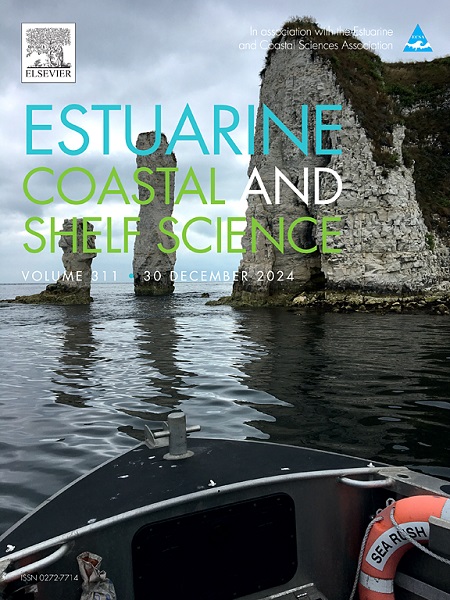Exploring prey-predator relationships through network analysis in Korean marine ecosystems
IF 2.6
3区 地球科学
Q1 MARINE & FRESHWATER BIOLOGY
引用次数: 0
Abstract
Understanding the feeding ecology of marine fish communities is crucial for effective ecosystem management, and conservation. This study presents a comprehensive meta-analysis of the feeding ecology of 80 marine fish species in Korean coastal waters. We identified dominant prey items, dietary diversity and species-specific feeding preferences by reviewing existing literature. Our finding reveals a complex and interconnected marine ecosystem with diverse feeding strategies. Arthoropods emerged as the dominant prey taxa, consumed by 77 out of 80 fish species and constituting 70.9% of the total prey composition. Hierarchical cluster analysis revealed five distinct trophic groups: piscivores, euphausiid feeders, zooplanktivores, decapod consumers, and amphipod consumers. Network analysis highlighted key predator-prey dependencies and the central role of decapoda (hub score: 0.369) and amphipods (hubscore: 0.322) in the food web. Niche breadth analysis revealed varying degree of dietary specializations among species, with 38 species showing relatively varying degree of dietary breadth (Levins' index ≥0.20) and 42 species exhibiting more specialized diets. Niche overlap analysis within trophic group indicated potential competition for resources, particularly among piscivores predators and Amphipod consumers. This study provides a valuable insight into the trophic dynamics of Korean marine ecosystems, contributing to our understanding of marine food web structures and informing future conservation and management strategies.
求助全文
约1分钟内获得全文
求助全文
来源期刊
CiteScore
5.60
自引率
7.10%
发文量
374
审稿时长
9 months
期刊介绍:
Estuarine, Coastal and Shelf Science is an international multidisciplinary journal devoted to the analysis of saline water phenomena ranging from the outer edge of the continental shelf to the upper limits of the tidal zone. The journal provides a unique forum, unifying the multidisciplinary approaches to the study of the oceanography of estuaries, coastal zones, and continental shelf seas. It features original research papers, review papers and short communications treating such disciplines as zoology, botany, geology, sedimentology, physical oceanography.

 求助内容:
求助内容: 应助结果提醒方式:
应助结果提醒方式:


